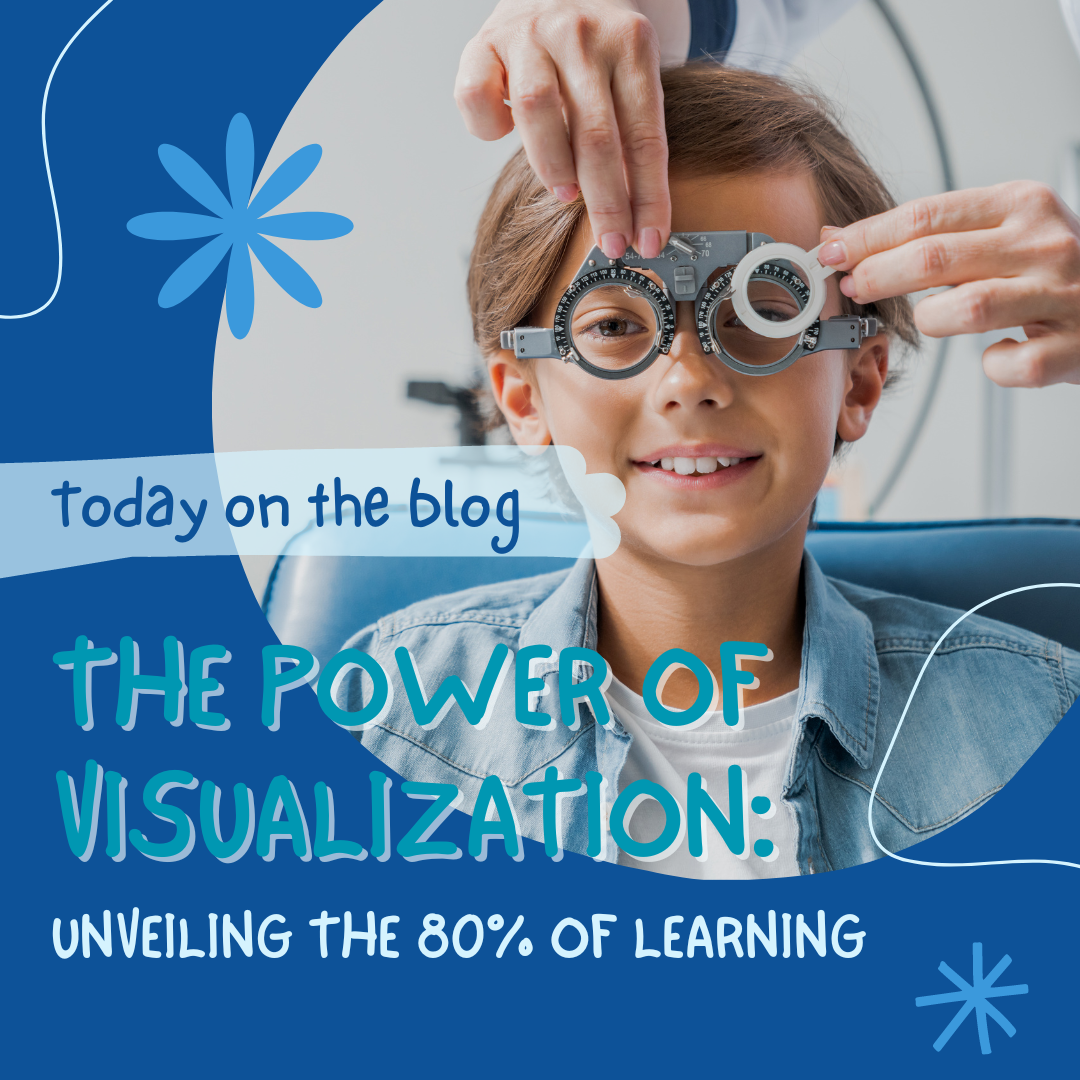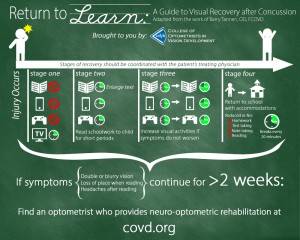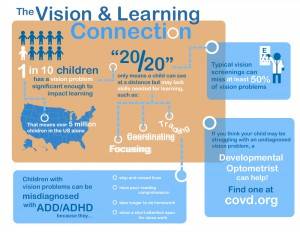Introduction
From the moment we are born, our brains are hardwired to process visual information more effectively than any other form of data. As we grow and embark on the journey of education, we rely heavily on our visual senses to understand and grasp new concepts. It's no wonder that many educators and researchers believe that approximately 80% of learning is visual. In this blog post, we will explore the reasons behind this claim and shed light on the remarkable power of visualization in the learning process.
The Science Behind Visual Learning
The brain processes visual information at an incredibly fast rate. According to studies, our brains can recognize images seen for as little as 13 milliseconds. This rapid processing allows us to absorb and comprehend vast amounts of information in a short span. Additionally, the human brain is adept at storing visual memories, making it easier for learners to recall visual information later on.
Visual learning is also supported by the fact that nearly 50% of the human brain is involved in visual processing, indicating that visual information is central to how we perceive and interpret the world around us.
Visualization Enhances Understanding
One of the primary reasons why visual learning is so effective is that it aids in comprehension and understanding. Complex ideas and abstract concepts can be challenging to grasp when presented solely through text or verbal explanations. However, by using visual aids such as diagrams, charts, graphs, and images, educators can make these concepts more tangible and accessible to learners.
Visualization allows learners to see relationships between different elements, spot patterns, and create mental connections, which facilitates a deeper understanding of the subject matter. This, in turn, leads to increased retention and application of knowledge.
Visual Stimuli Foster Engagement
Let's face it - learning through textbooks or monotonous lectures can be dull and unengaging. In contrast, visual learning materials have the power to captivate students' attention and make the learning process enjoyable. Videos, interactive simulations, and other visual resources can create a dynamic and immersive learning experience, keeping learners interested and motivated.
When learners are engaged in the material, they are more likely to stay focused, actively participate, and retain information effectively.
The Universality of Visual Learning
Visual learning transcends language barriers and caters to diverse learning styles. It is a potent tool for learners who are visual learners, auditory learners, kinesthetic learners, or a combination of these. Visual elements provide a common ground for understanding, enabling educators to communicate complex concepts effectively to students with different learning preferences.
In classrooms with culturally diverse students, visual aids can be especially useful, as they reduce linguistic barriers and create an inclusive learning environment.
Applications of Visual Learning in Education
The prevalence of visual learning in today's educational landscape is undeniable. Educators and institutions across the globe are incorporating various visual learning strategies into their teaching methods:
a. Infographics and Visual Summaries: Infographics condense information into visually appealing and easy-to-understand formats, making data more accessible and memorable.
b. Digital Presentations: Platforms like PowerPoint and Prezi offer multimedia-rich presentations that combine text, images, and videos to enhance the learning experience.
c. Virtual Reality (VR) and Augmented Reality (AR): These technologies enable students to explore immersive learning environments, enhancing their understanding of complex subjects.
d. Mind Mapping: Creating mind maps helps learners visualize relationships between different ideas, aiding in better comprehension and organization of knowledge.
Conclusion
The assertion that 80% of learning is visual is not a mere anecdote; it is supported by scientific research and backed by real-world applications. Harnessing the power of visualization in education can lead to more effective learning outcomes, increased engagement, and better retention of knowledge.
As we move forward in an increasingly visual-centric world, educators and learners alike must embrace visual learning strategies to unlock the full potential of the human brain and create a brighter future through the power of knowledge.





Notes:
Please contact us with any questions you might have at bouldervt@yahoo.com.